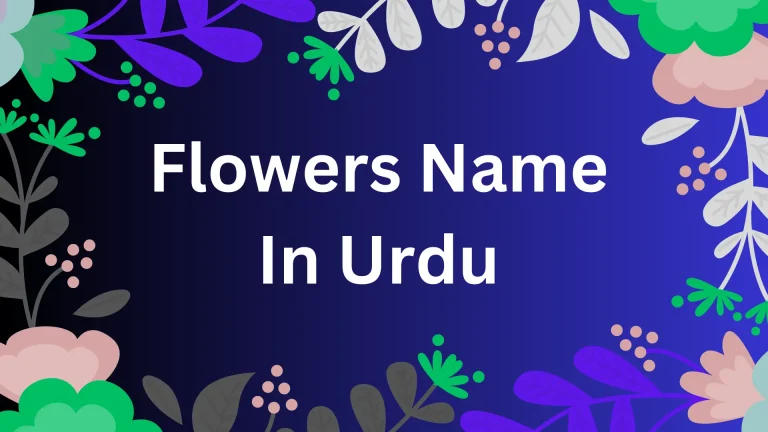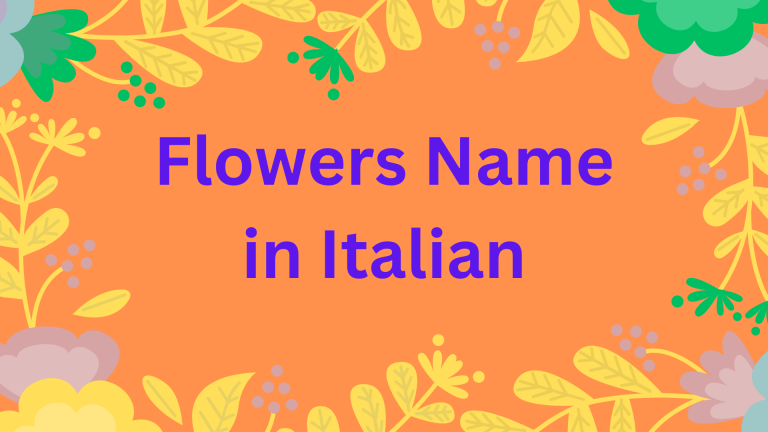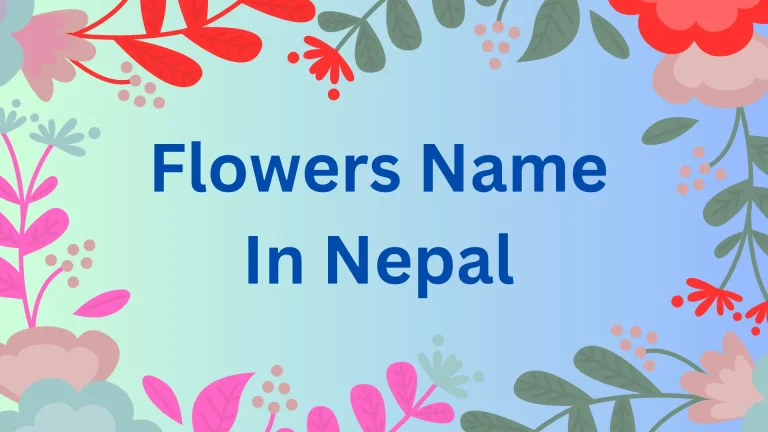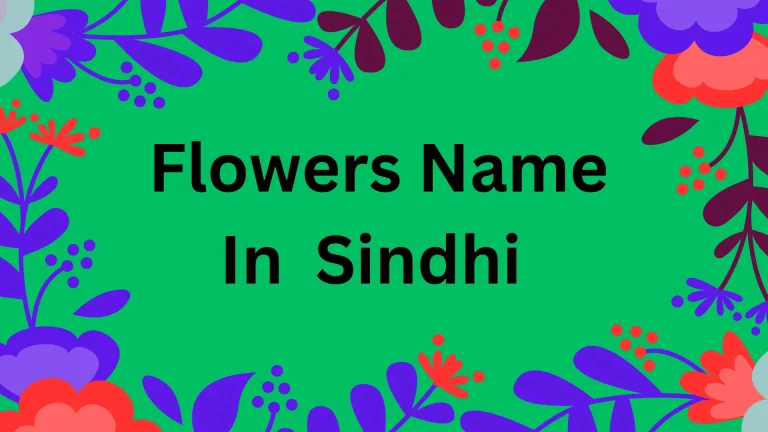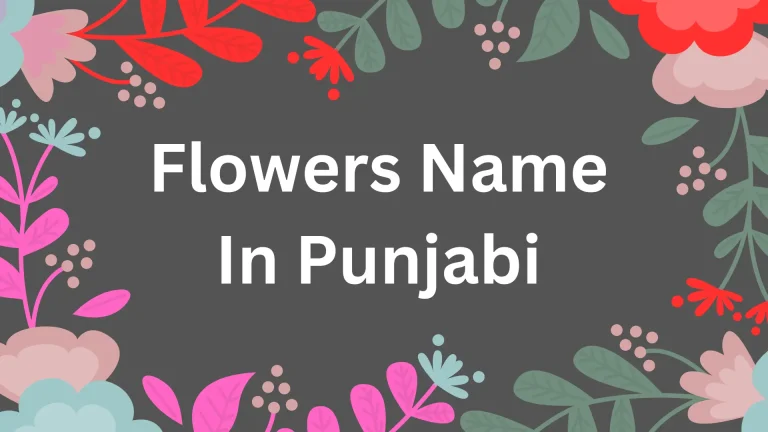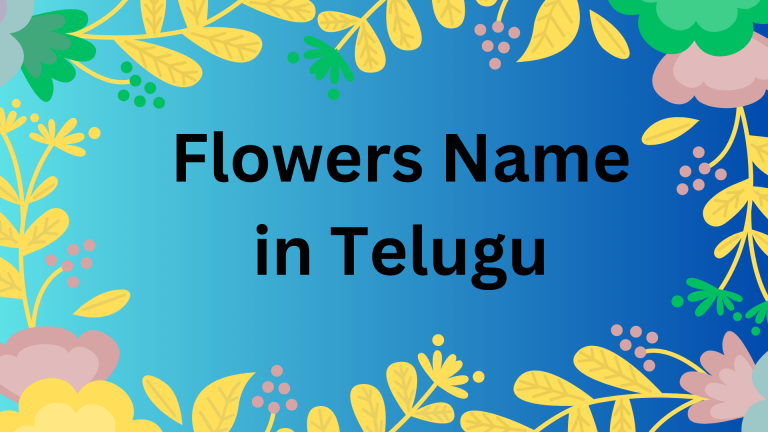Flower Names in Japanese: A Blossoming Guide to Flora and Culture
Japanese cultural traditions link heavy to natural elements through flowers which have essential roles in artistic creations and literary works while appearing throughout everyday life. Through poetic meanings and cultural significance Japanese language bestows elegant names to flowers. The following text investigates flower names in Japanese language through their aesthetic linguistic qualities and their cultural value together with their significance throughout multiple Japanese societal domains.
The Significance of Flowers in Japanese Culture
Throughout several centuries Japanese culture has incorporated flowers as essential elements. Flowers in Japan function beyond ornamentation since they convey multiple meanings which link particular flowers to specific times of year and deeper feelings and celebrations. Through the practice of “hanami” flower viewing Japanese individuals demonstrate their deep relationship with nature.
Seasonal Associations
Japan establishes particular flowers for each seasonal period. The cultural links between flowers and different aspects of Japanese life appear in artistic and poetic works as well as in traditional food names. For example:
- Cherry blossoms (sakura) together with plum blossoms (ume) bloom in spring.
- Summer: Irises (shobu) and hydrangeas (ajisai)
- Autumn: Chrysanthemums (kiku) and red spider lilies (higanbana)
- Winter: Camellias (tsubaki) and winter daphne (jinchoge)
Symbolism and Language of Flowers
Through “hanakotoba” the Japanese language assigns various meanings to particular flowers. This flower symbolism method bears a resemblance to Victorian floral communications with Japanese unique definitions. For instance:
- Red roses serve as signs that convey love alongside passion. Grief is the major meaning associated with white chrysanthemums while these flowers remain typical in funeral preparations. Cherry blossoms serve as symbols which represent the shortness of human existence.
Flowers in Art and Literature
Flowers emerge throughout multiple Japanese art forms that include ukiyo-e prints and poetry written in haiku style and ikebana floral creations. The floral plant plays multiple roles as it functions as symbolic language and identifies seasonal transitions and represents objects of artistic interest.
Linguistic Aspects of Japanese Flower Names
Japanese flower naming conventions include linguistic features showing the depth of the linguistic system in which they are based.
Kanji and Meaning
Through the use of kanji characters in flower names Japanese people can understand both the meanings and the appearances of the flowers. For example:
- In the flower name 桜 (sakura) the characters “木” tree combine with “小” small possibly to reflect the delicate nature of cherry blossoms.
- The direct meaning of 向日葵 (himawari, sunflower) expresses how plants use heliotropic behavior to face sun direction.
Onomatopoeia and Mimetic Words
Some Japanese flower names incorporate sounds which match their physical features:
- Housenka (touch-me-not) derives its name from the sound seed pods emit when human contact makes them burst.
- The plant received its species name fuurinsou (wind chime plant) because its flowers take the form of wind chime bells.
Borrowed Words and Foreign Influences
The country began to embrace international flower names during the period of globalization through a process of translating foreign terms into Japanese phonetic patterns.
- バラ (bara, rose): Derived from the Portuguese “rosa”
- チューリップ (chuurippu, tulip): Adapted from the English “tulip”
Table of Japanese Flower Names
The following table presents various Japanese flower names together with their corresponding English names as well as their respective kanji characters.
| Pictures | Japanese Name | Japanese Language | English Name |
|---|---|---|---|
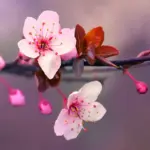 | Sakura | 桜 | Cherry Blossom |
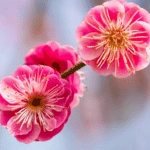 | Ume | 梅 | Plum Blossom |
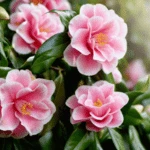 | Tsubaki | 椿 | Camellia |
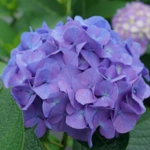 | Ajisai | 紫陽花 | Hydrangea |
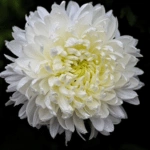 | Kiku | 菊 | Chrysanthemum |
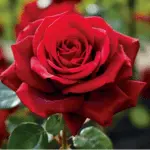 | Bara | バラ | Rose |
 | Himawari | 向日葵 | Sunflower |
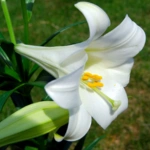 | Yuri | 百合 | Lily |
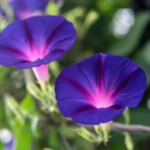 | Asagao | 朝顔 | Morning Glory |
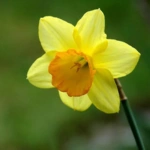 | Suisen | 水仙 | Daffodil |
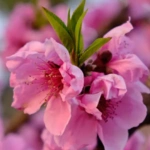 | Momo | 桃 | Peach Blossom |
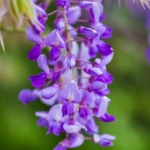 | Fuji | 藤 | Wisteria |
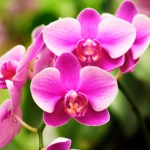 | Ran | 蘭 | Orchid |
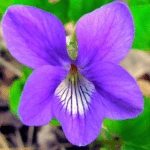 | Sumire | 菫 | Violet |
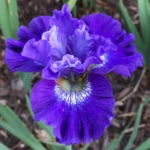 | Ayame | 菖蒲 | Iris |
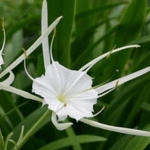 | Higanbana | 彼岸花 | Spider Lily |
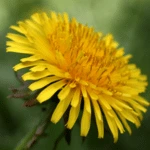 | Tanpopo | 蒲公英 | Dandelion |
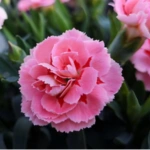 | Nadeshiko | 撫子 | Pink Carnation |
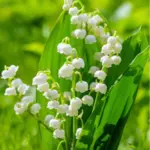 | Suzuran | 鈴蘭 | Lily of the Valley |
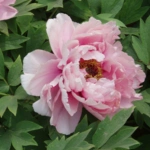 | Botan | 牡丹 | Peony |
Flowers in Japanese Traditions and Customs
Different Japanese cultural traditions heavily rely upon flowers because they function both as meaningful symbols as well as decorations during important ceremonies and regular activities.
Ikebana (生け花)
Through Japanese flower arrangement known as Ikebana people have practiced the ancient art form which showcases natural elements through their use of shape together with lines and spaces. Beyond making a beautiful presentation the task includes expressing the nature elements as well as the seasonal transformations.
Hanami (花見)
Japanese people commonly participate in Hanami to view flowers during the spring period. Masses of people visit flowered cherry trees for enjoyable picnicking alongside the brief flower spectacle.
Kado (華道)
Kado which translates to “way of flowers” originated as an artistic flower arrangement practice in Japan which developed into a spiritual discipline focusing on natural harmony with complete respect for discipline and nature.
Seasonal Decorations
The natural world’s seasonal variations serve as inspiration for most Japanese residences and commercial complexes to switch their decorative flower arrangements.
Flowers in Japanese Festivals and Events
Japanese people have linked different flowers to their various festivals and ceremonial occasions across the annual calendar.
- Setsubun (February): Plum blossoms
- Golden Week (April-May): Azaleas and wisteria
- Tanabata (July): Morning glories
- Obon (August): Lotus flowers
- Chrysanthemum Festival (September): Chrysanthemums
Flowers in Japanese Cuisine
Flowers are not only appreciated for their beauty in Japan but are also incorporated into cuisine:
- Sakura serves as an ingredient for confectionery products along with tea items.
- The petals from the Chrysanthemum plant are employed as an edible garnish in food preparation and serve in salads.
- The leaves of Shiso serve as the main product yet its flowers remain edible.
- Nanohana serves as a spring vegetable because the flower buds of rapeseed plants become edible.
Flowers in Japanese Garden Design
Illuminating the Japanese gardening tradition are flowers which establish seasonal drama combined with distinct symbolism.
- The focus in Zen gardens lies on rocks and moss instead of using many floral details.
- The major elements in a stroll garden are distinguished by successive annual blooms of different flowering plants
- Camellia plants frequently find their place in tea gardens since they symbolize the tea ceremony
Modern Uses of Flower Names in Japan
The use of flower names exists in modern Japanese society for different purposes and applications.
Personal Names
The given names of Japanese children predominantly emanate from plant and flower names particularly those for female children. For example:
- Sakura (cherry blossom)
- Yuri (lily)
- Ran (orchid)
Brand and Product Names
The Japanese often use flowers as naming inspiration for their products as well as companies and brands because they symbolize nature and beauty.
Popular Culture
The Japanese anime, manga and popular music contain many flower names and images that filmmakers use to communicate emotional states and character traits.
Preservation and Conservation Efforts
Japanese urban growth requires continuous efforts to protect indigenous flower species alongside historic places to view flowers.
- The collection and maintenance of native flora occurs within national parks together with botanical gardens.
- The main purpose of conservation programs is protecting endangered flower species from extinction.
- Through urban planning cities receive inclusion of green spaces and flower gardens as part of their initiatives.
Conclusion
The extensive collection of flower names in Japanese language demonstrates the strong bond people have between their nature experiences and cultural expressions. Japanese society continues to depend largely on flowers through traditions from ancient times to present-day practices which maintain their significant status in linguistic and artistic expressions. Evaluation of Japanese floral names provides valuable insight into their cultural philosophy because they demonstrate Japanese values about natural beauty and temporary nature and the pursuit of harmonious coexistence with their environment.
Japanese floral naming systems provide opportunities to understand the cultural values of a historical people who deeply admire flower blossoms. Floral knowledge provides a rewarding area for investigation to anyone who delights in flowers as well as language nuts and botanical researchers.
FAQs
Q.1 Under Japanese cultural traditions the term “hanami” defines the practice of flower viewing.
A. Japanese people practice Hanami as their cultural tradition to view flowers most prominently cherry blossoms during the spring season. People gather at blooming cherry trees to celebrate through picnicking and merrymaking activities.
Q.2 The Japanese flower symbolism depends heavily on which season is active.
A. Japan has connected particular flower symbolism to each season in a very specific way. The association between flowers in Japan connects cherry blossoms to spring yet irises represent summer and chrysanthemums belong to autumn and camellias symbolize winter.
Q.3 What is “hanakotoba”?
A. The Japanese tradition known as hanakotoba uses flowers to communicate certain meanings through their symbolism following Japanese interpretations rather than Victorian language of flowers methodology.
Q.4 The integration of flowers occurs in what ways throughout Japanese artistic expressions?
A. Japanese traditional art pieces like ukiyo-e prints combine with traditional forms of poetry like haiku that feature flowers alongside the floristry art form known as ikebana.
Q.5 What are the linguistic meanings behind Japanese flower name concepts?
A. The namings of Japanese flowers contain Chinese characters which reveal meaning and visual qualities of the flowers. Part of the florals’ naming processes derives from words that sound like the subject itself together with foreign lexical borrowings.
Q.6 What is ikebana?
A. Japanese flower arrangement named Ikebana focuses on depicting form and line and creating spatial arrangements in the art practice. Japanese floral arrangement aims to depict both natural aesthetics and seasonal transformation along with display presentation.
Q.7 The usage of flowers in Japanese cuisine follows which specific methods?
A. No Japanese kitchen prepares its dishes without employing particular flower components. In Japanese cuisine cherry blossoms flavor sweets and teas and the buds of rapeseed flowers (nanohana) serve as spring vegetables while chrysanthemum petals make salads.
Q.8 Do Japanese society use floral names as names for their individual members?
A. The majority of Japanese given personal names for female children originate from floral names. The names Sakura, Yuri and Ran draw inspiration from cherry blossoms, lilies, and orchids respectively.
Q.9 Do flowers have a significant position in the traditional practices and cultural customs of Japan?
A. Flowers serve multiple functions in traditional Japanese culture because they are essential elements for seasonal decorations and they appear in festivals while spiritual practices like ikebana and kado depend on flowers.
Q.10 What elements of flora do Japanese designers use for their garden structures?
A. Japanese gardens implement flowers to achieve seasonal design elements as well as symbolic purposes. Japanese gardening philosphy finds expression when different garden types use flowers to fulfill their aesthetic and philosophical intentions in specific ways.

